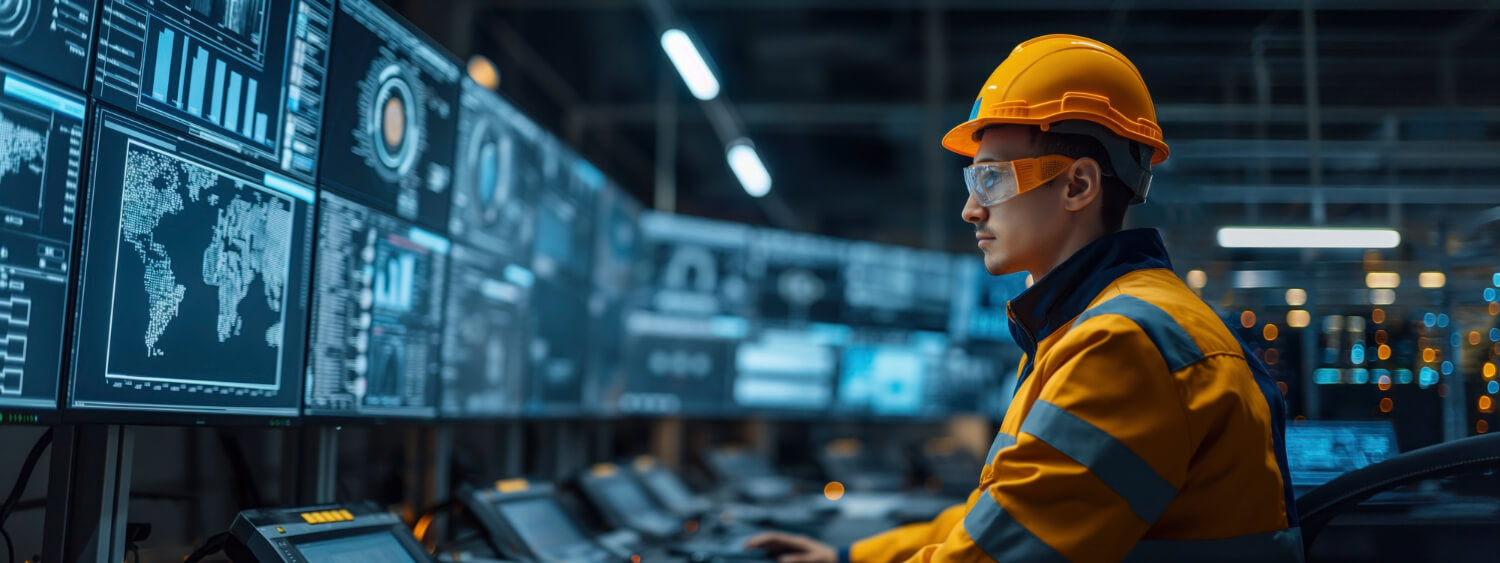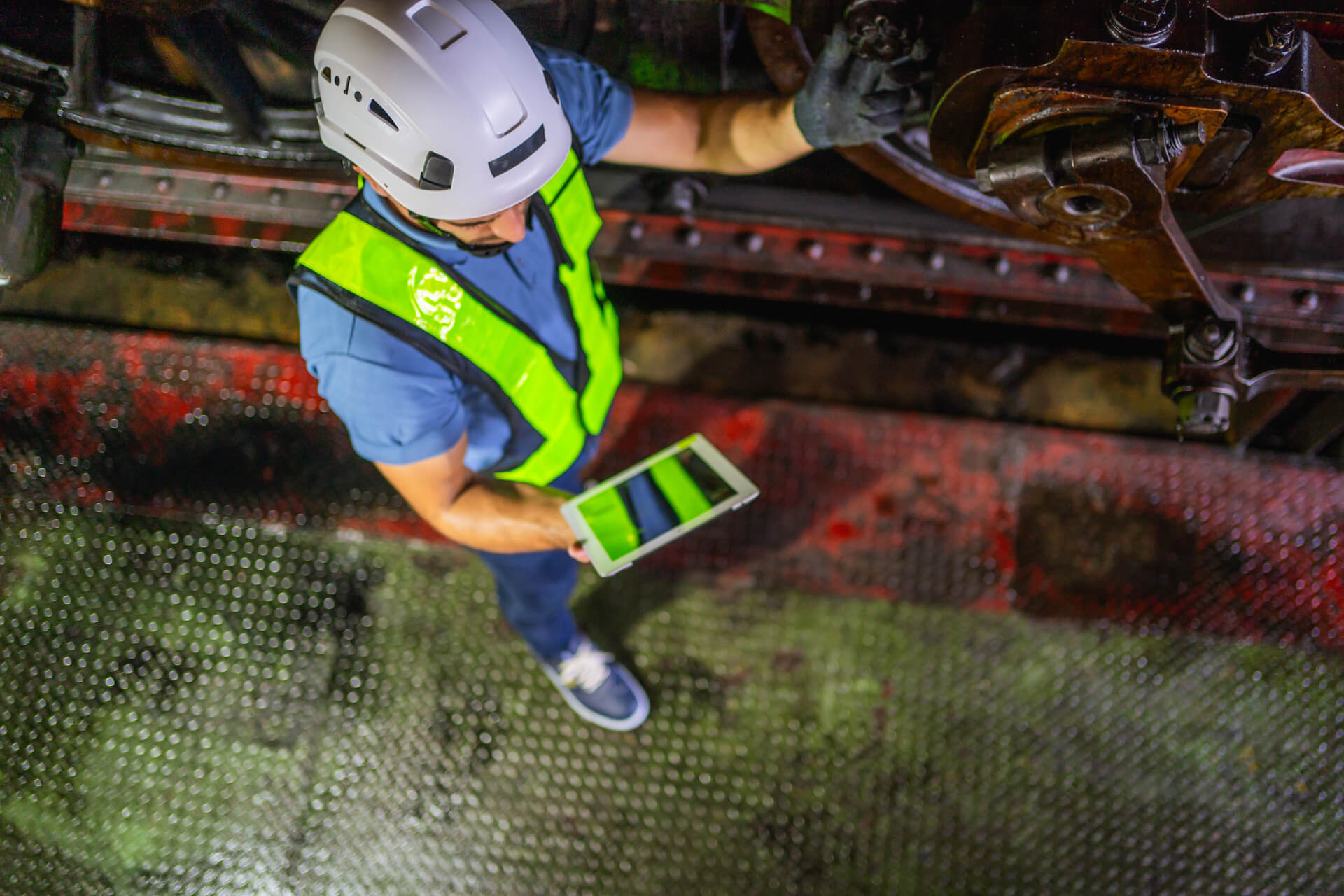


Get to know us better! Download our company profile to explore our expertise, services, and success stories. Stay informed about how we can add value to your business.

Visual Testing (VT) is a non-destructive testing (NDT) method used to inspect materials and components for surface defects, discontinuities, and other visible imperfections. It is one of the oldest and most commonly used NDT techniques, as it provides immediate results and does not require specialized equipment. Trained inspectors visually examine the surface of the material or component under adequate lighting conditions. They look for indications such as cracks, corrosion, porosity, weld defects, surface irregularities, and other anomalies that may affect the integrity or functionality of the inspected item.
Visual inspection can be performed either directly by inspectors who physically inspect the surface of the material or remotely using tools such as borescopes, fiberscopes, or cameras for inspecting areas that are difficult to access. Inspectors may use various inspection aids such as magnifying glasses, mirrors, dye penetrants, and fluorescent or UV lighting to enhance visibility and detect smaller or hidden defects.
Inspection findings, including the location, size, and nature of any detected indications, are documented in inspection reports. Photographs or video recordings may also be taken to provide visual evidence and aid in further analysis or decision-making. Inspectors evaluate the severity and significance of detected defects and anomalies, considering factors such as material type, service conditions, and industry standards. Inspection reports typically include recommendations for repair, further investigation, or maintenance based on the findings. Visual Testing is widely used in various industries such as manufacturing, construction, aerospace, automotive, and oil and gas, among others, to ensure the quality, safety, and reliability of products and structures. While it may not detect subsurface defects, Visual Testing remains an essential and cost-effective method for identifying surface irregularities and defects early in the inspection process.